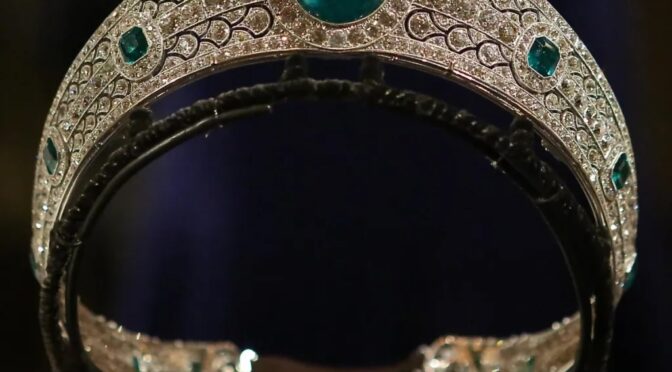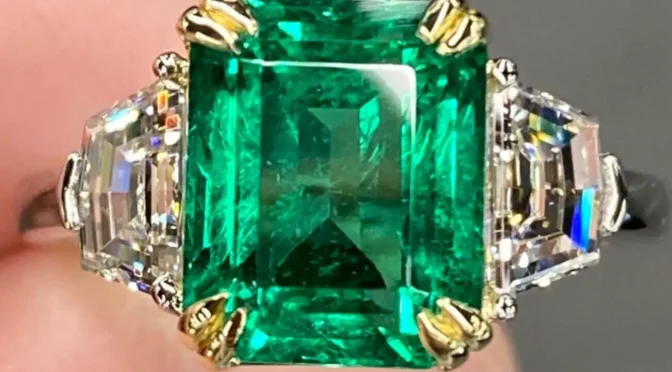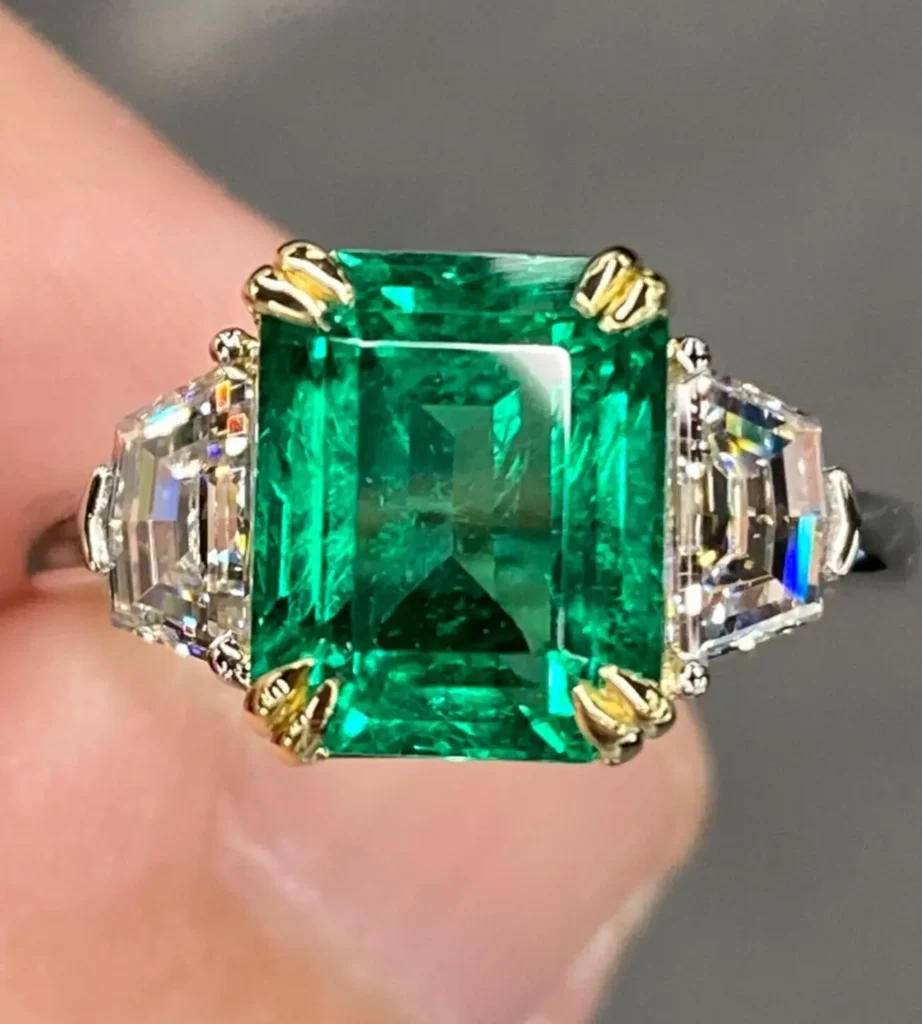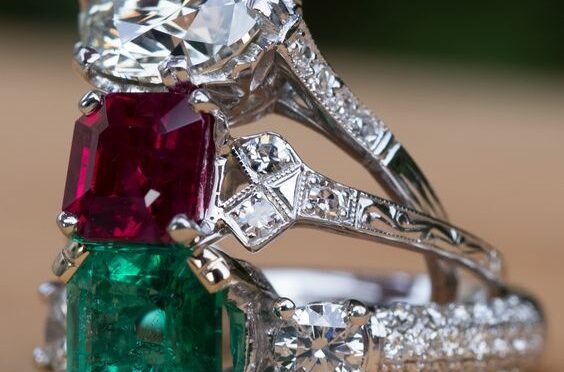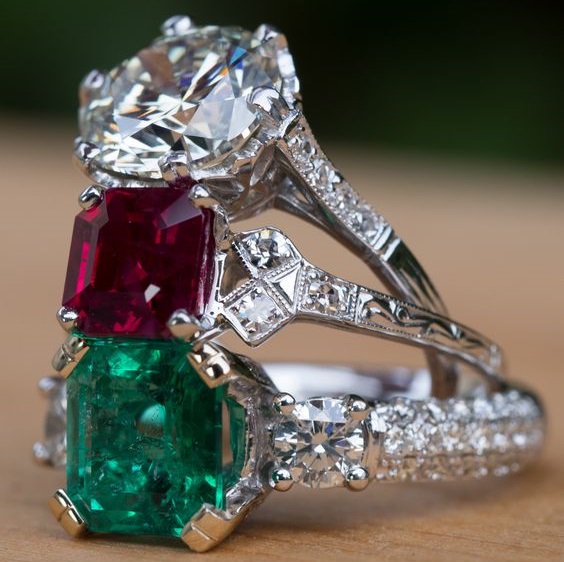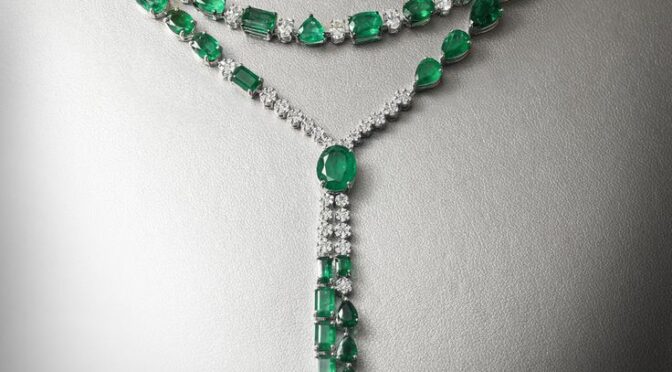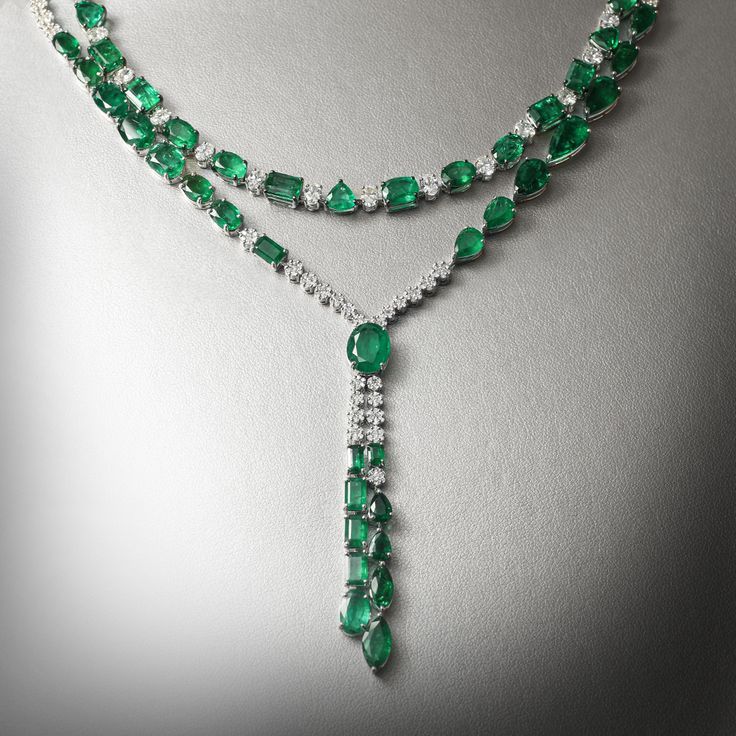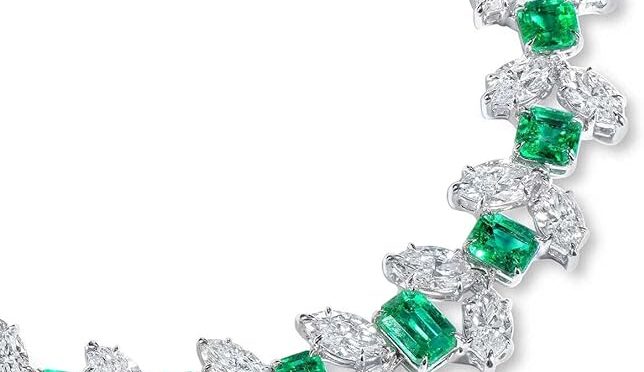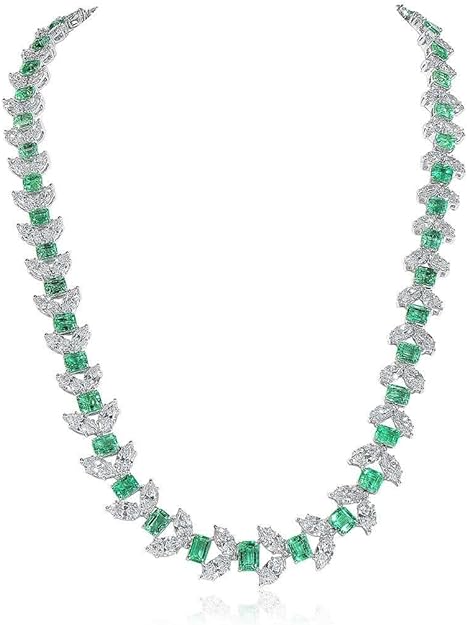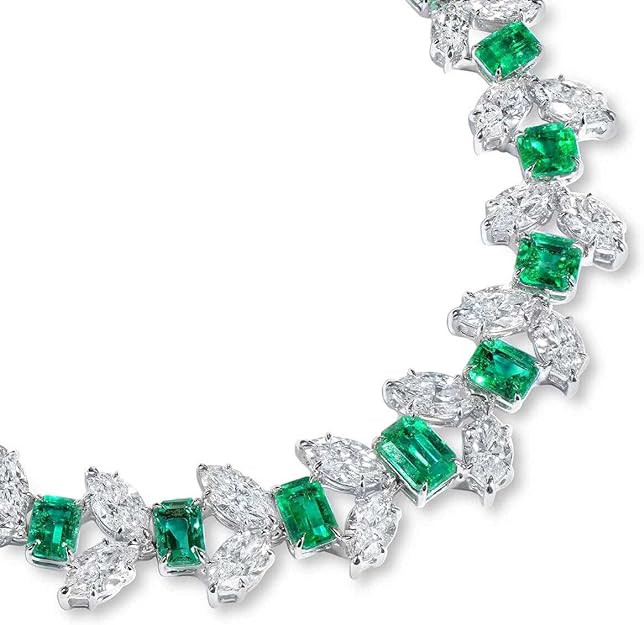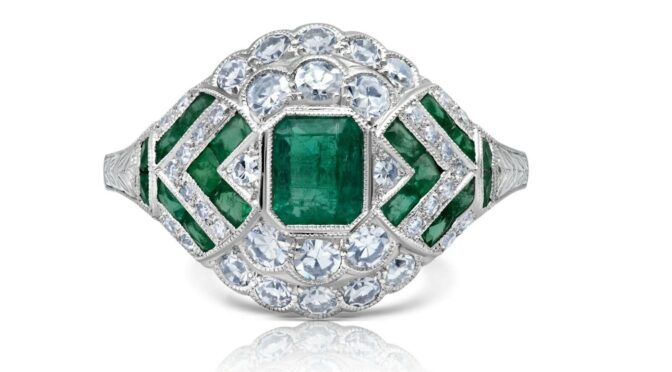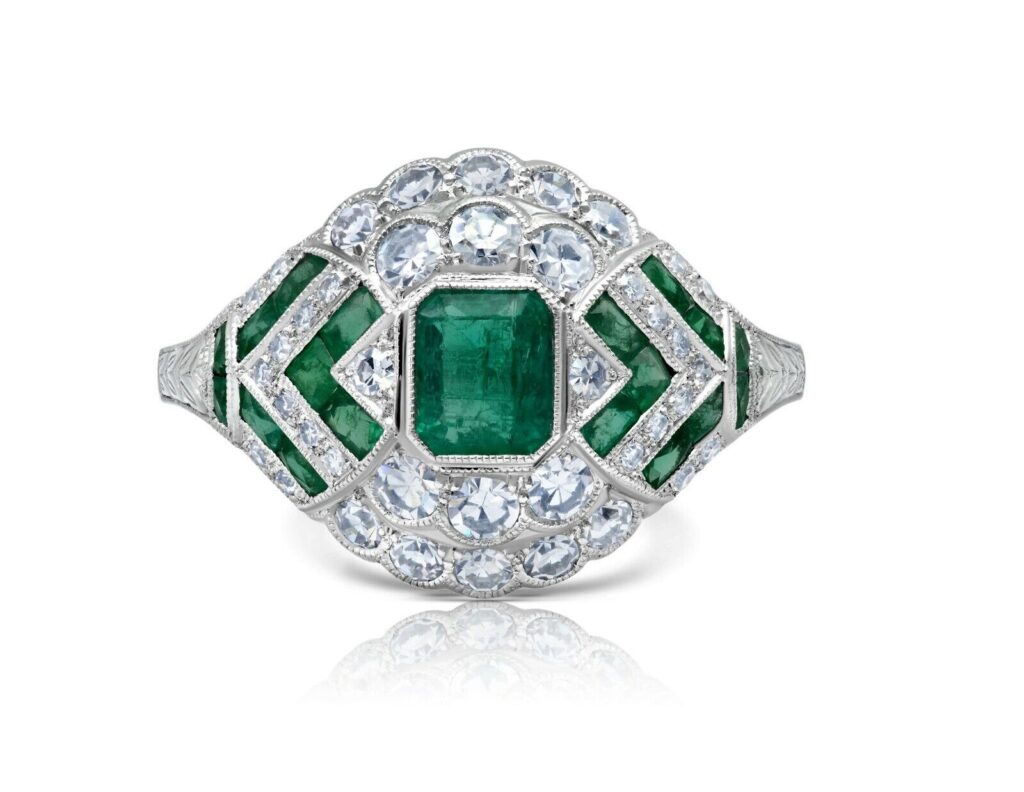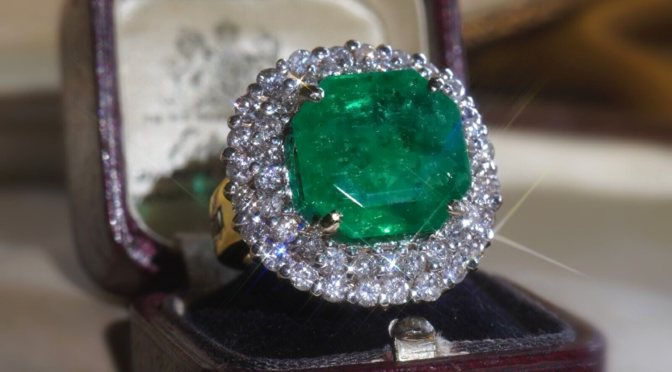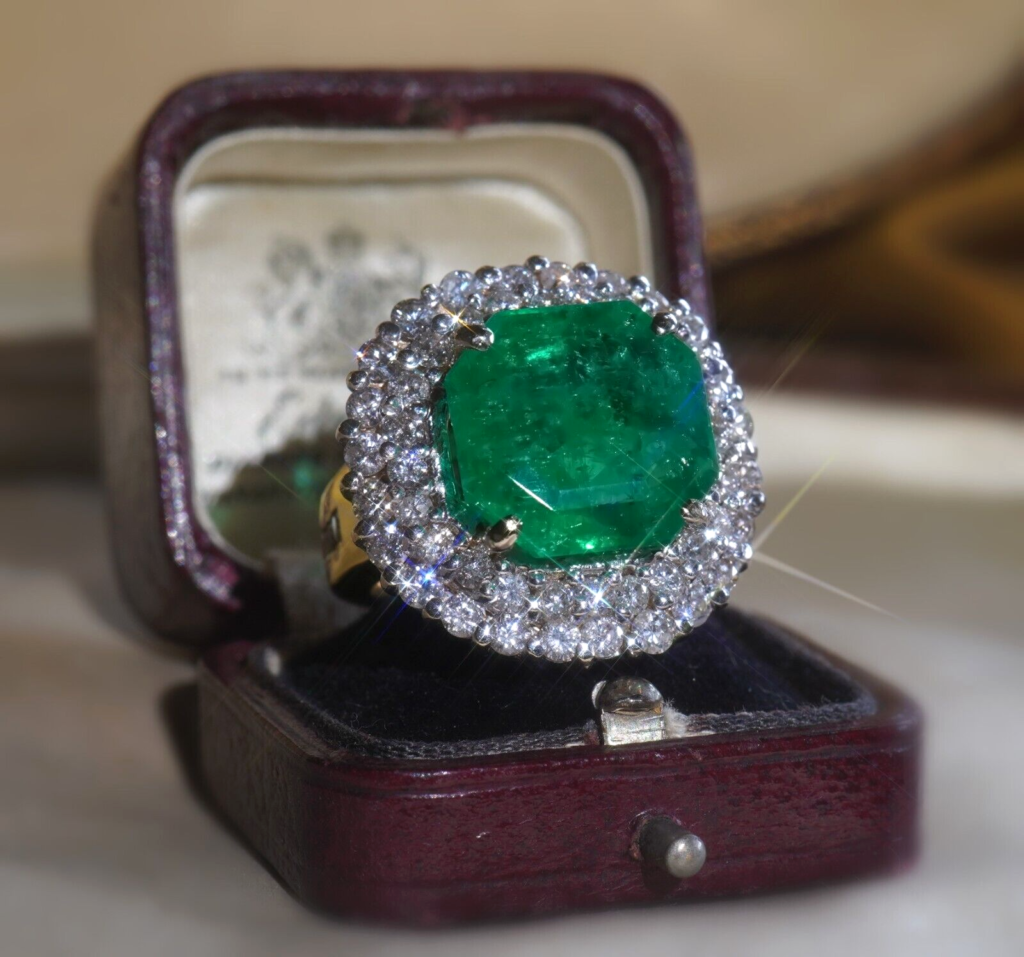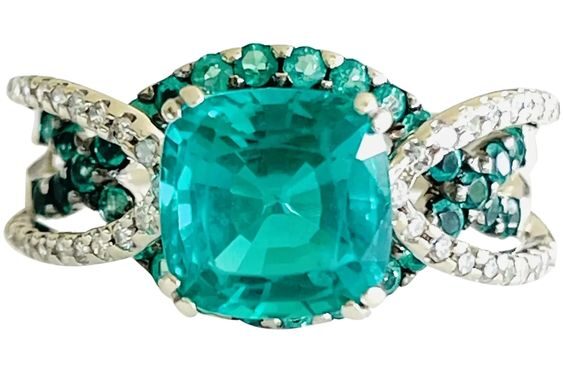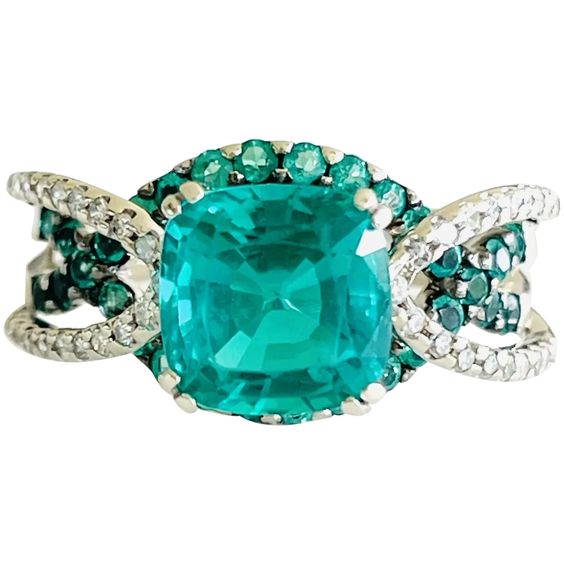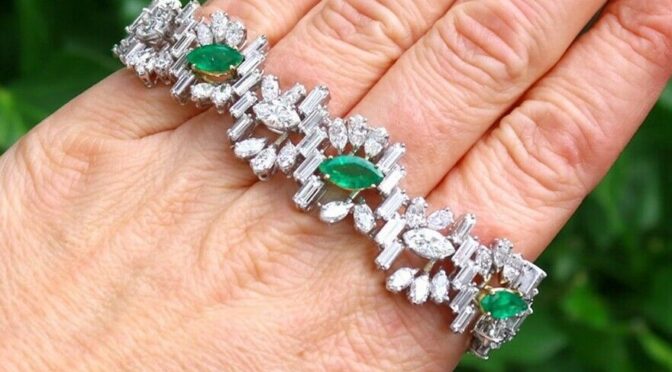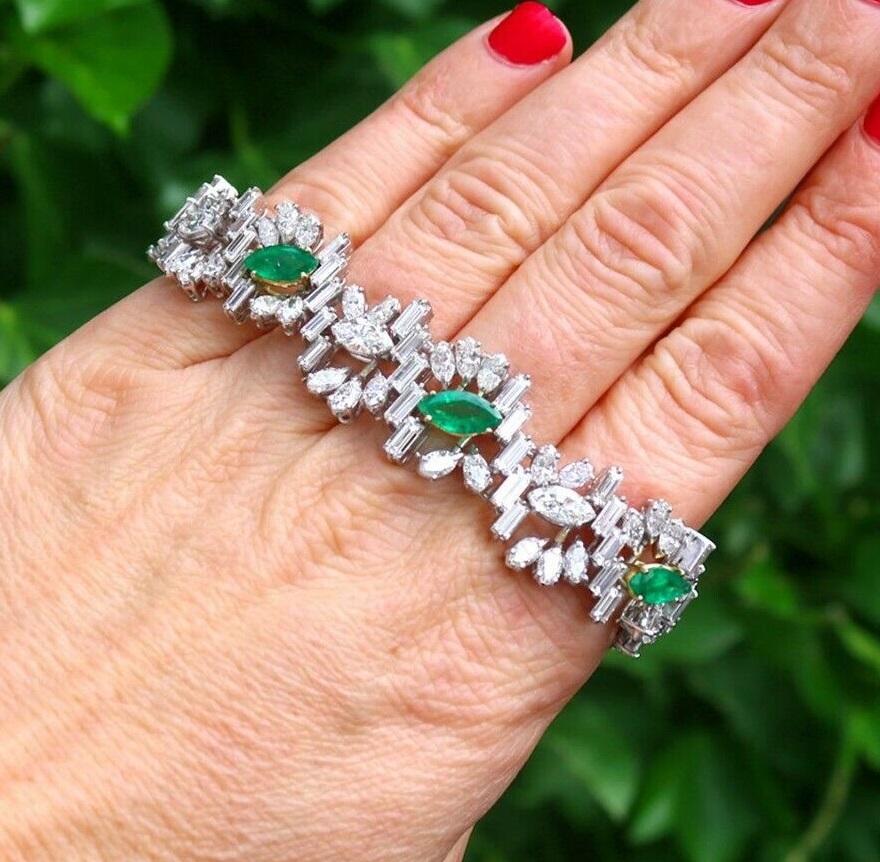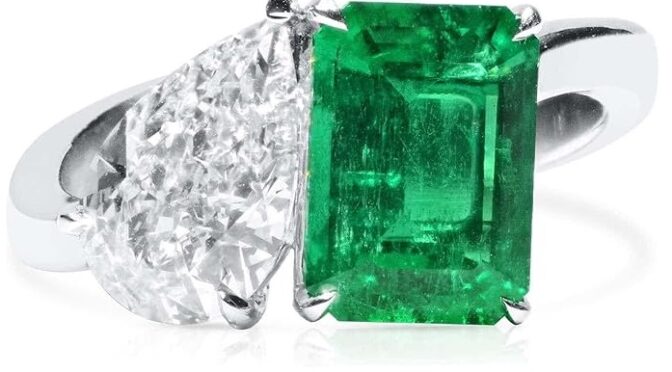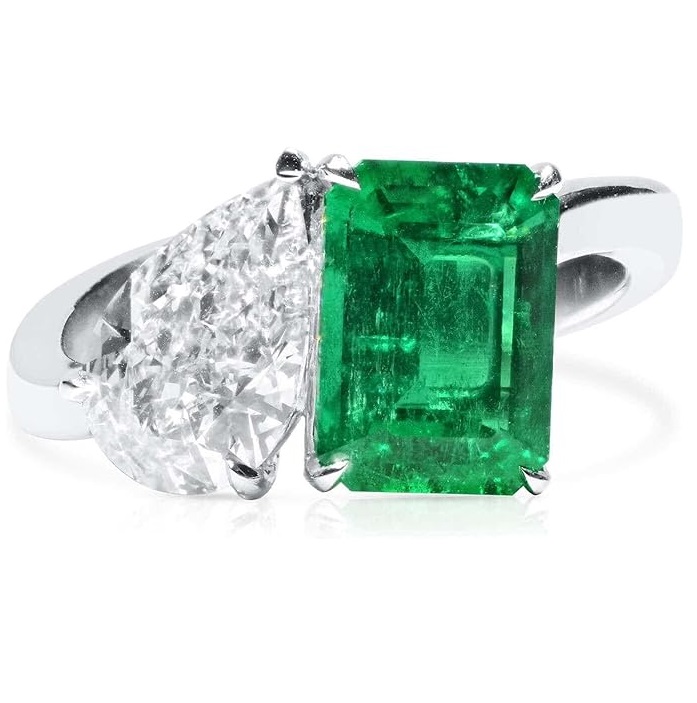Greville Emerald Kokoshnik. Today, we’ve got a rundown of the tiara’s fascinating journey from Boucheron to the royal vaults.
We now know that the diamond and emerald tiara was one of at least two diadems stashed in a black tin trunk that was delivered to Buckingham Palace in 1943. The trunk contained the jewels of the late Dame Margaret Greville, who had decided to bequeath the collection to her friend, Queen Elizabeth (the Queen Mother). Elizabeth adopted the other tiara from the bequest, the Greville Tiara, as one of her signature pieces, but for reasons unknown, she never wore the emerald kokoshnik in public.
It’s possible that kokoshniks simply weren’t the Queen Mum’s cup of tea. She had another kokoshnik tiara in her collection, the Persian Turquoise Tiara, altered so that it no longer had the typical halo shape of the style. She also revised the top line of the Greville Tiara so that it no longer resembled a traditional kokoshnik. It’s also possible, of course, that Elizabeth did wear the tiara privately, but we have no textual or photographic evidence of that. All we know for sure is that the tiara was deposited in her royal jewelry collection in 1943 and stayed there until her death in 2002. At that point, the jewel was inherited by her daughter, the present Queen, who has also never worn it in public.
There are, however, references available that demonstrate that Mrs. Greville wore the tiara herself after she acquired it in the years after World War I. In The Maggie Greville Story, Pam Burbidge cites several newspaper articles from the 1930s featuring mentions of Maggie wearing “her empire-shaped tiara of diamonds and emeralds.” One of those tiara appearances reportedly took place during the celebrations of the wedding of the Duke and Duchess of Kent in 1934. Burbidge also notes that a photograph of Maggie wearing the tiara, taken at a concert at the Austrian Legation in London in 1937, has also been located in a German archive.
The tiara is an exquisite example of early ’20s Art Deco design. The smooth diamond and platinum lines of the kokoshnik are interrupted by scalloped sections that echo the round cabochon shape of the piece’s central emerald cluster. That emerald measures at a whopping 93.70 carats. Six more (faceted) emeralds are set at regular intervals on each side of the tiara, which tapers pleasantly as it nearly encircles the wearer’s head, for a total of thirteen emeralds in the piece.
We know for certain that the tiara was made in Paris by Boucheron, but exactly when it was constructed appears to be a matter of debate. The Royal Collection has gone on record with 1919 as the date when the tiara was made. French royal jewelry historian Vincent Meylan disagrees. In his 2009 book on the Boucheron archives, he covers the client relationship between Mrs. Greville and the jewelry firm. When discussing the catalogue of purchases that Maggie made from the firm, he writes, “En 1921, c’est un bandeau de diamants orné d’une émeraude de 93.70 carats”—”in 1921, it was a diamond bandeau adorned with a 93.70-carat emerald.”
Meylan certainly had access to the company’s archive while writing his book—the book also includes a black-and-white photograph of the tiara, which was the only known image of the piece until its reemergence nine years later—but it’s certainly possible that the Royal Collection was also able to gain access to those same records when researching the piece for their own records. The Royal Collection has also quibbled with some of Meylan’s other claims about the provenance of the Greville jewels, most notably the Diamond Peardrop Earrings.

